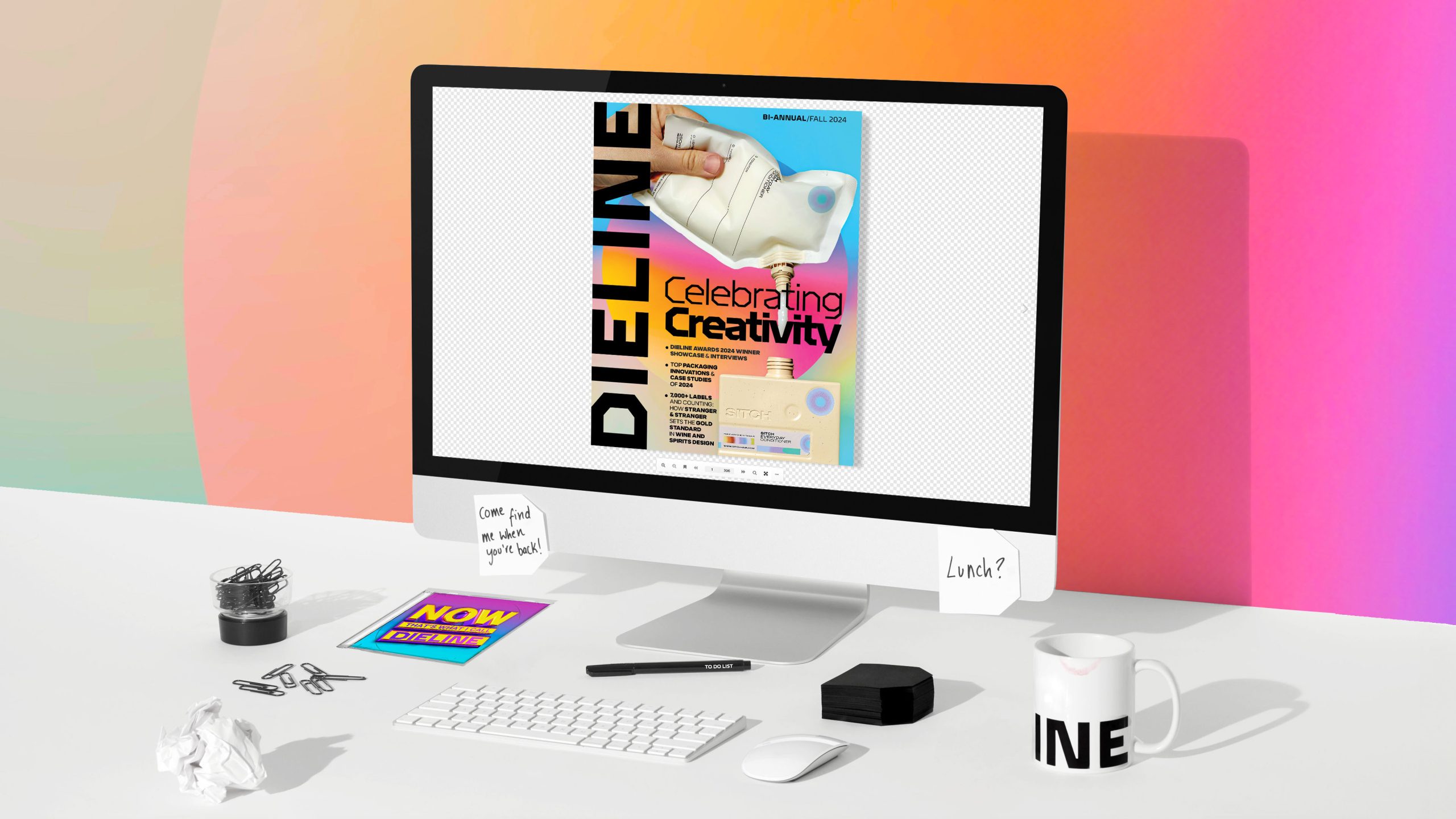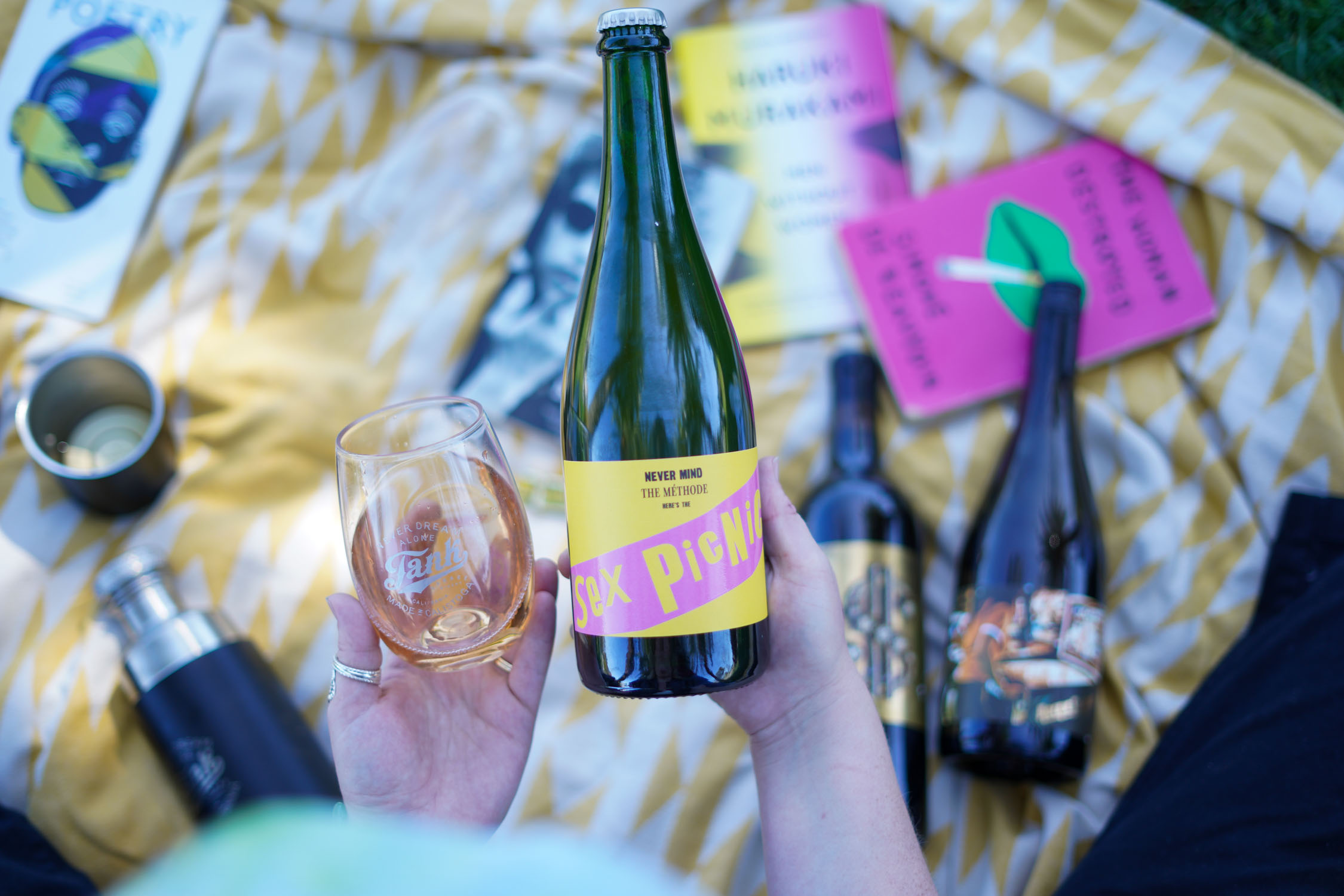Euphoria isn’t for me.
I made it through two episodes of the HBO show and ultimately had to give up as it was just a skosh too intense for me. I’m no prude, but now that I’m a parent fast approaching his kids’ teenage years, I think I can let this one fall by the wayside. Nor am I some alarmist about satanic panics or the kids not being all right—after all, my generation had Larry Clark’s Kids and Bully. These are not unchartered waters.
Anyway, you’ve likely seen one of Euphoria’s main posters, the image of Zendaya shedding a single tear. It’s a strong image that lures viewers into the stark teen drama, but maybe you also saw the glitter and mascara and asked yourself where might one buy that.
Well, the answer is relatively simple, as the show’s award-winning makeup artist, Donni Davey, launched her own cosmetics line, Half Magic, that “lets you wear your heart on your face and embody every version of you.” Not only does the vegan and cruelty-free brand traffic in plenty of dynamic colors and otherworldly shimmer, but they’re also big on eco-friendly materials and sustainability.
And that’s also a huge reason why New York City independent creative company Mythology and Paperfoam snagged the Plastic-Free Innovation of the Year at the Dieline Awards for its contribution to the 100% recyclable cosmetic palette for Half Magic.
Mythology found the project through their longtime client A24, and they designed all of the packaging, named the brand, shot the launch film, and even did product photography. But from the start, creating an environmentally-conscious brand was critical. “When we launched, Gen Z was the primary audience, and we wanted to pitch something as sustainable as possible,” says Sophie Mascatello, creative director and head of design at Mythology.
Most makeup packaging is next to impossible to recycle. There are many reasons for this, but mostly it’s because those lipstick tubes and palettes are too small to be accepted curbside. Plus, if the packaging in question has a mirror, magnet, or pump, it’s definitely going to landfill. Half Magic uses post-consumer materials and substrates that can be easily recycled, but they also work with Pact Collective and have a mail-back program for those hard-to-recycle pieces.
And that’s all well and good—they’re certainly doing more sustainably than many of their contemporaries. But it’s the Paperfoam palette made from potato starch and cellulose that’s the star of the show., What’s more, Half Magic is the first beauty brand to use Paperfoam as its primary packaging, meaning it holds the formula and isn’t just an outer box. Typically it’s the kind of thing you see used in egg cartons, but it’s also becoming more common in the pharma and electronics industry.
“Unfortunately, the cosmetic industry is riddled with unrecyclable single-use plastic,” says Thomas van Sintmaartensdijk, account manager and business developer at Paperfoam. “We have been on a mission to stop this and plastic pollution for a long time. And thanks to Andrew Clasby, and our partnership with Toly, we have been able to find applications in the beauty and cosmetics industry. Together we have developed innovative solutions, Half Magic being the first great example of the potential, and there is much more to come.”
To make Paperfoam, all you need is potato starch, paper fiber, preservatives, water, and your desired color. Once you’ve mixed for about 30 minutes and you’ve got yourself a nice slurry, it can go into an injection molding machine, where the paste gets pumped into a mold cavity. Bake for one minute at 400 degrees, and baby, you’ve got a makeup palette. You can compost it when you’re finished, and you can even grow some new potatoes and start the process again if you so desire.
Of course, an egg carton makeup palette might not conjure up ideas of beauty industry mainstays, but that’s also the point. The purpose was to make something attractive and eye-catching, but it also needed to be functional. Additionally, the brand wanted to shift the narrative on what consumers deem “luxe.” Sure, the palette shares DNA with an egg carton, but the neon green hue adds a pop of fun. The material itself also signals the brand’s ethos on plastic-free materials. What’s more, the brand accepts the material as it is—meaning if it gets dented or glittery eye stuff gets on the Paperfoam, that’s perfectly imperfect and OK.
“The real luxury we have is that we don’t need to make any compromises,” says Andrew Clasby, vice president of cardboard at Toly. “If we also look at the design options and the colors we can create, it’s obvious our Paperfoam is not only truly sustainable, but also premium. It’s time to redefine these terms.”
What’s great about the Paperfoam packaging is that you can use it as-is or throw it in the Half Magic Forever Palette as you would any refill. Once done with the packagng, you can mail it to Pact or drop it in your home compost bin, where it will degrade in four weeks.
“It’s modular based, and the individual components are recyclable,” says Mascatello. “The makeup itself is in a recyclable tin pan.”
“The beauty industry, especially in color, has been pumping out plastic for decades, constantly excusing inaction by saying it is just too hard to replace plastic with materials that Nature can easily take back,” says Sian Sutherland, co-founder of A Plastic Planet, the non-profit organization dedicated to curbing single-use plastic waste that helps determine the Plastic-Free Innovation Award. “So how fantastic is to see a brand like Half Magic lead the way using a fully nutrient-based composite that is not exactly new but has never been chosen as a primary material for a beauty brand before.”
“We love how Mythology’s simple design has elevated Paperfoam to something cool, distinctive, and radically sustainable,” Sutherland adds. “Plus, the way this brand combines drop-in with permanent packaging—it’s a future direction we want to see much more of. The redefinition of luxury aesthetics is lagging in the personal care market; Half Magic’s path is definitely one to follow.”
Of course, getting your clients to move in a sustainable, plastic-free direction isn’t always the easiest sell. Yes, it’s likely going to drive up your production costs, and Half Magic still has a way to go in making over some of their other products into something plastic-free.
“We always try to push sustainability,” mentions Mascatello.
“I detest plastic,” she further adds. “I don’t buy it. I don’t eat or drink out of it, especially since having a baby. It’s unbelievable how much virgin plastic gets produced. So it’s our responsibility being a contemporary business to do that. It’s largely about proving to them that there’s a return on their investment and that you engender lots of brand loyalty. That spending power means a lot if you only care about the bottom line.”
Sustainability is how we think about packaging today,” says Mascatello. “There is so much innovation in this space, and consumers expect more (as they should), so it’s our priority as a responsible business and client partner to be informed and make it a priority.”
Credits:
Anthony Sperduti, Executive Creative Director
Sophie Mascatello, Creative Director & Head of Design
Audrey Attal, Creative Director
Sara Rabin, Illustrator
Oliver Shaw, Graphic Design
Margot Lévêque, Type Designer
Donni Davy, Creative Director
Sam Sachs, Director of Product Development & Packaging for Half Magic
Chad Sommers, Co-founder of Winter Design Studio














